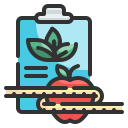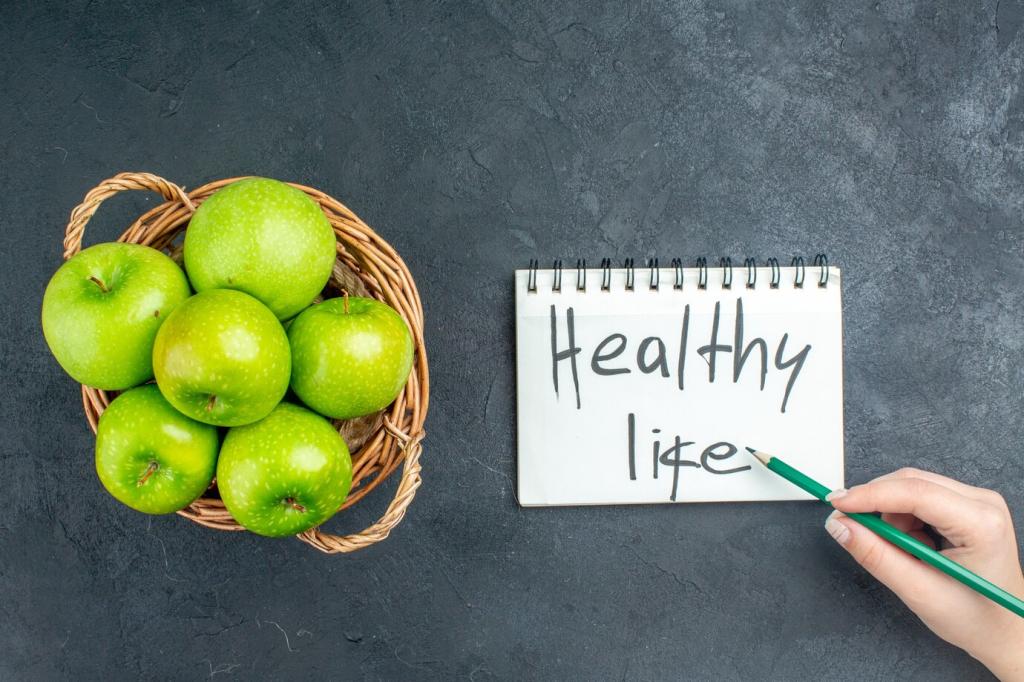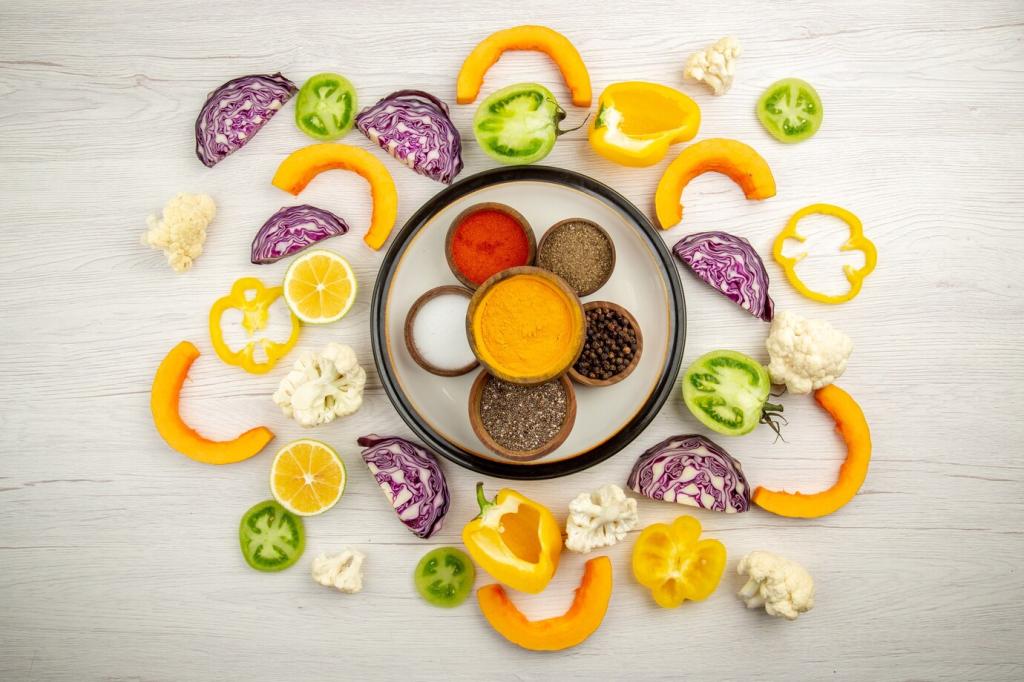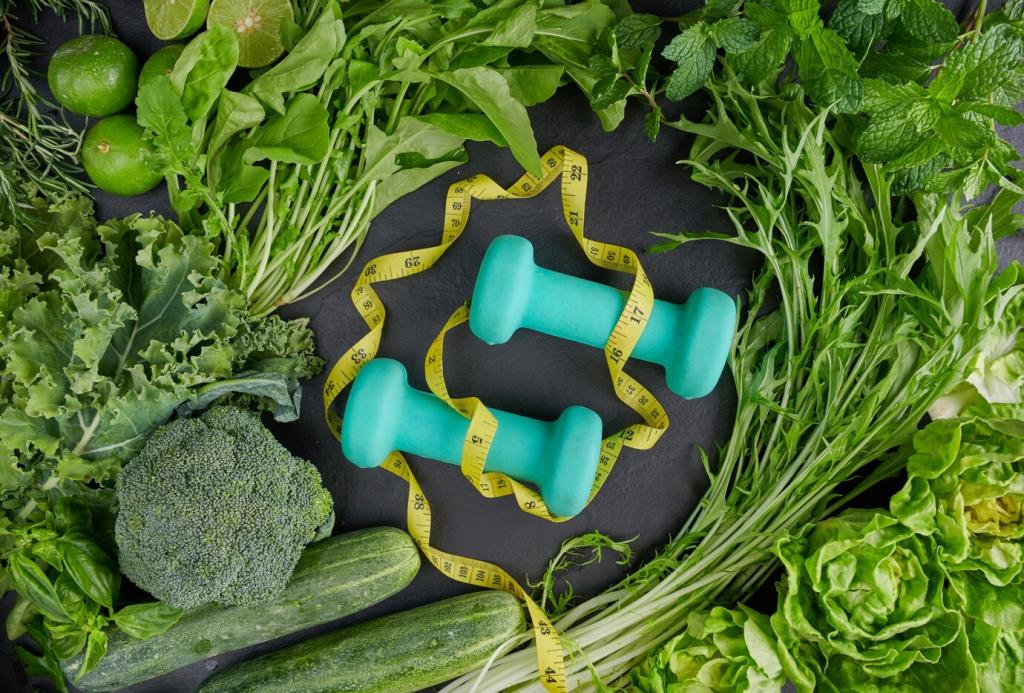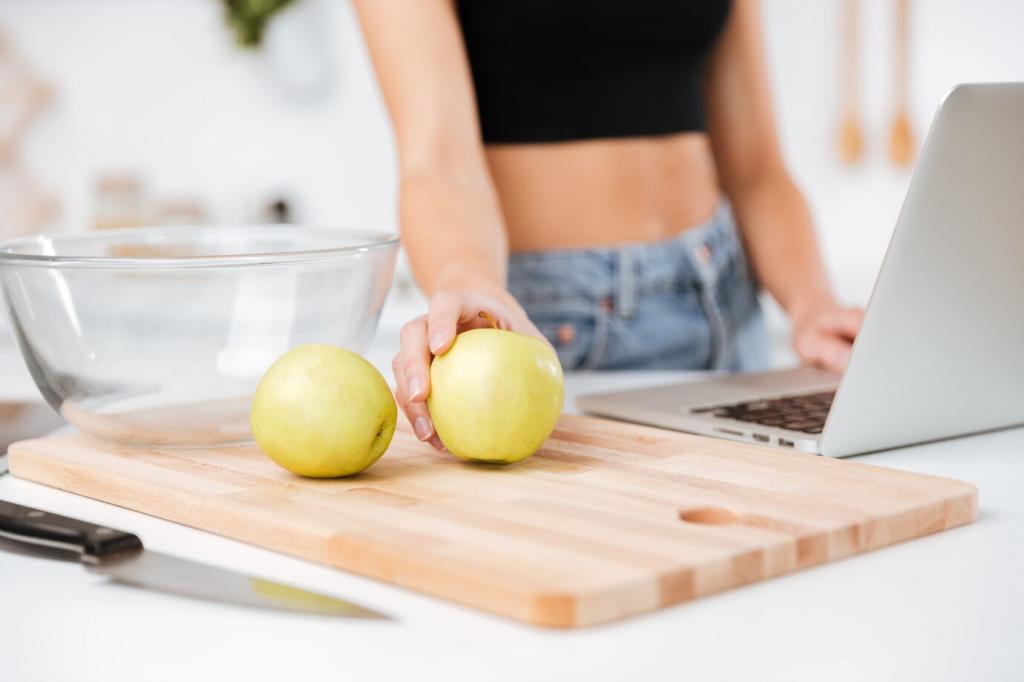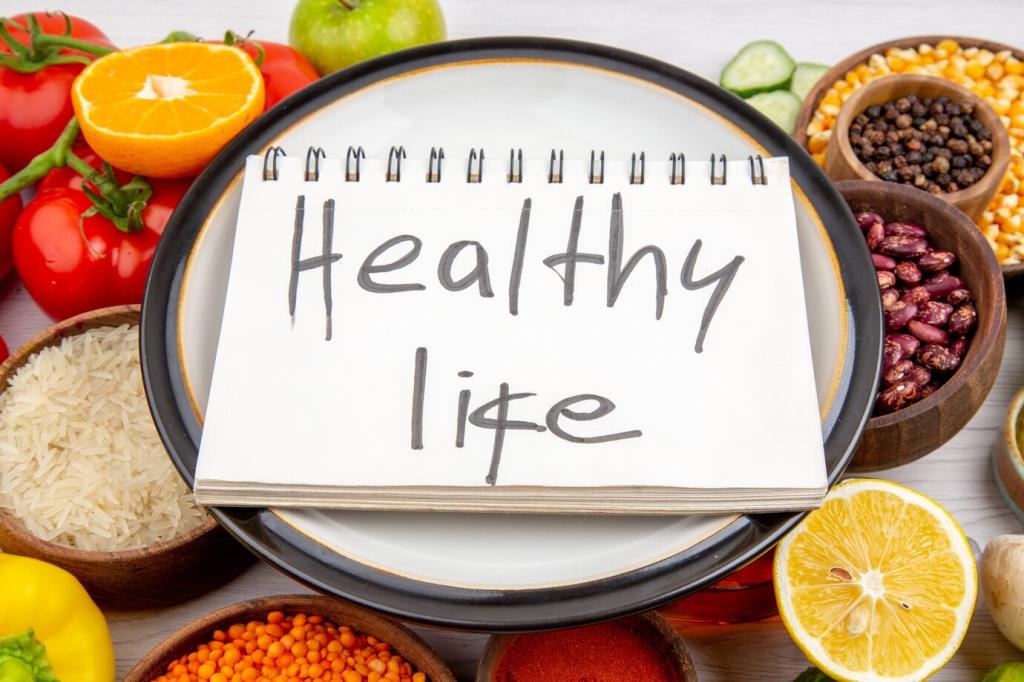Measure, Learn, Personalize
Weigh before and after a representative session. Each kilogram lost approximates one liter of sweat. Factor in what you drank to estimate hourly losses, then shape your in-competition targets thoughtfully.
Measure, Learn, Personalize
Monitor color trends and bathroom frequency across the day, not just once. Patterns reveal whether yesterday’s choices worked. Combine with body weight data for a fuller hydration picture worth trusting.
